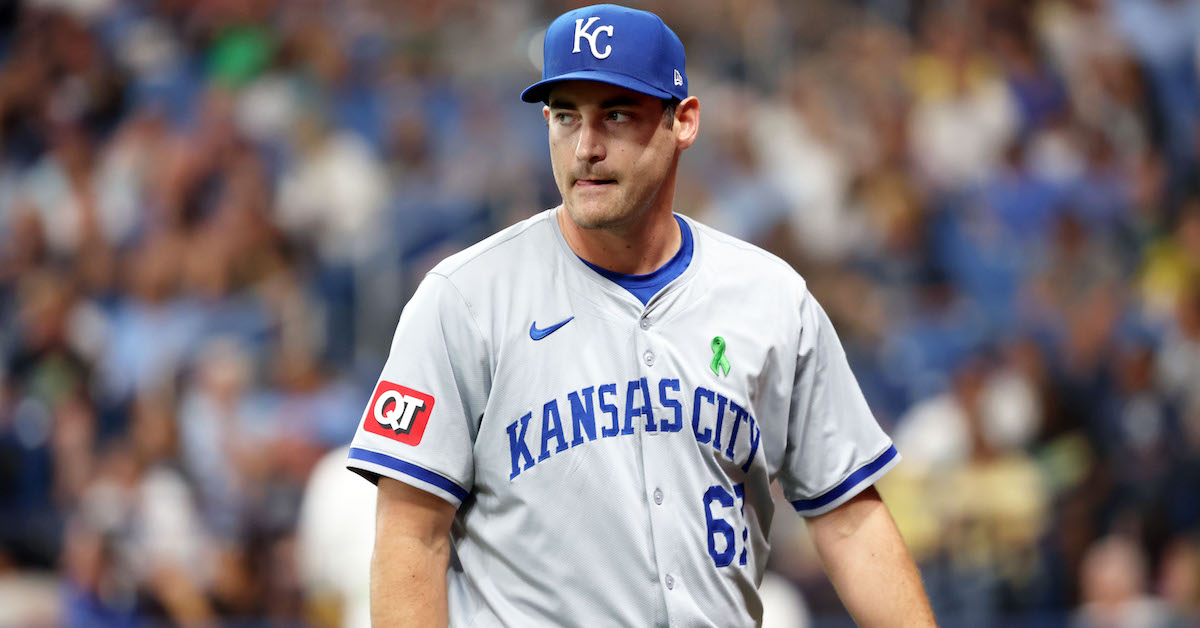Even the Supposed Powerhouses Have Struggled Lately

On any given day in the not-too-distant past, the Yankees, Orioles, Guardians, Dodgers, and Phillies might have laid claims to the best record in their respective leagues, yet all of them have also gone through recent stretches where they’ve looked quite ordinary — and beatable. To cherrypick just a few examples, at the All-Star break the Phillies had the major’s best record at 62-34 (.646), but since then, they’re 11-17 (.393). They were briefly surpassed by the Dodgers, who themselves shirked the mantle of the NL’s top record. Over in the AL, on August 2 the Guardians were an AL-best 67-42… and then they lost seven straight. The Yankees and Orioles have been trading the AL East lead back and forth for most of the season, but over the past two months, both have sub-.500 records. And so on.
At this writing, not a single team has a winning percentage of .600, a pace that equates to just over 97 wins over a full season. If that holds up, it would not only be the first time since 2014 that no team reached 100 wins in a season — excluding the pandemic-shortened 2020 season, of course — but also the first since ’07 that no team reached 97 wins.









